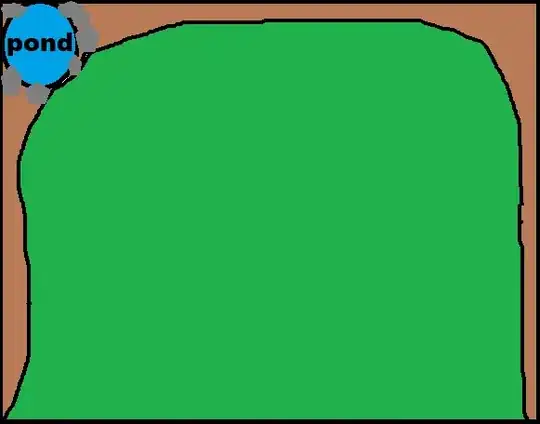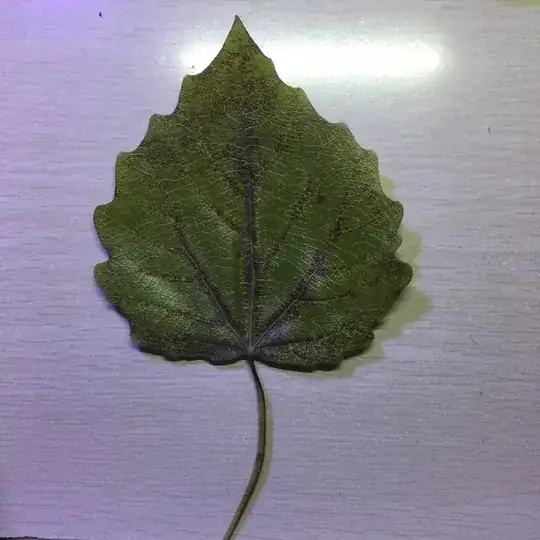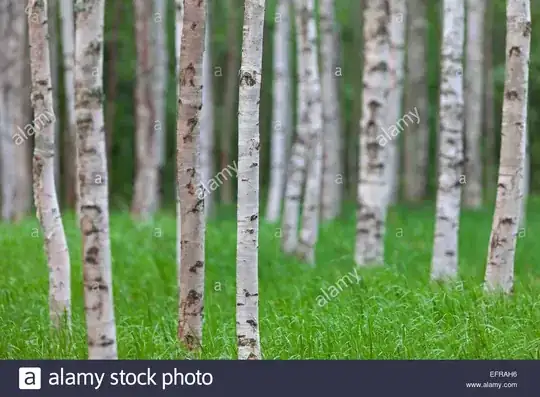I will be edging my yard this summer and not sure what plants to plant on my edge. This is my first time doing this. I don't want to overwhelm the edges but enough plants to make it look full. I am thinking like 15 different plants. What I am looking for is perennial and colorful flowering plants and maybe one or two green leave plants like long grass. Here is how my edging going to look.

- 133
- 4
-
1Aspect, yes, in other words, does it face north, south or whatever, and what is the width of the soil you are planting into - those borders look pretty narrow compared to lawn, but there are no measurements, including the length of the planting areas – Bamboo May 15 '17 at 20:46
-
Is your area humid, semi-arid or arid? – Brōtsyorfuzthrāx May 16 '17 at 06:08
-
1@Shule It is humid. – ThN May 17 '17 at 12:45
2 Answers
This is a good time before you purchase and plant to ask questions. Kudos. I happen to be a Landscape Architect you need to understand I was trained big time to understand the whys and wherefores of a simple yard like this (heck we also design highways and developments and structural elements). This is fun to do.
First, your lawn is way too big. Do you plan to play football or volleyball on this lawn? Second, your plant beds are way too small. Beef them up to at least 6' wide and more. Being right against the fence you need room to make plant beds without compromising your fence. No soil or mulch or plant material should touch that wood. Unless you want to replace it in 5 years. Third, one of the main rules is to make your edges using a hose or rope. When you make a curve, that curve maintains a set radius. Doesn't matter the size but when that edge needs to bend the other way another radius is set and so on. When we look at our lawns what our eyes see is that edge. As long as the lawn is a uniform color and texture it will be beautiful only if the edges are specified radius curves.
I'm dying to just sketch you some ideas...hummm.![lawn edge[![][1]](../../images/3821276306.webp) ]2[
]2[ ]3
]3
See the edges of the lawn? Set curve radius. Do you see the little penninsula breaking up the expanse of lawn? That creates a separate 'room' in your landscape. You do not want to see your entire lawn and landscape just from the door or windows of your home. This makes your yard feel huge and more interesting. Interesting enough to go investigate to look 'around the corner' to see what is around that corner. Big fat plant beds, sweeping curves of lawn edge are not only interesting but easier to maintain and look professional. (I charged $110 bucks per hour and rarely lost a bid). This information is worth considering!!
The plant beds are mounded, the original soil level is no more as the soil is double dug (only way to make plant beds with clay). The edges of the lawn between plant bed and lawn are little trenches where excess water can accumulate and your mulch doesn't wash off the beds over your lawn.
There are other ways to make 'rooms' in your landscape so that each room has its own purpose and feel. Such as; adding a grouping of the same tree to make a grove. The trunks are walls, the canopy a ceiling to create human scale and you can do whatever with the floor. I like gravel if the canopy cuts out too much light. Screens of dimensional lumber take up little room and add immediate privacy, wind break and walls of a 'room'. I like the penninsula of plant bed coming right out into the lawn to tie the plant beds together and create two different rooms. Only allowing little peekaboos to entice the humans to investigate. Certainly makes your property feel very large and interesting.
adding a grouping of the same tree to make a grove. The trunks are walls, the canopy a ceiling to create human scale and you can do whatever with the floor. I like gravel if the canopy cuts out too much light. Screens of dimensional lumber take up little room and add immediate privacy, wind break and walls of a 'room'. I like the penninsula of plant bed coming right out into the lawn to tie the plant beds together and create two different rooms. Only allowing little peekaboos to entice the humans to investigate. Certainly makes your property feel very large and interesting.
I have to add another time honored rule; do not use too many species. Becomes 'too much' and the human brain is comfortable with about 3 different items at a time. Using just a few species to make masses of the same plant you get far more bang for your buck. 15 sounds like an awful lot. There should be a 'foundation' or 'skeleton' planting of 2 or 3 species to tie your entire landscape together. Certainly a POW specimen now and then to be framed by this skeleton planting. Perennials for 'fire works' and those colors, textures need to be planned. A bit of this and that will look like this and that.
Redo your plan according to how you interpret what I've said, and we can go from there! This of course should be YOUR plan using plants you know and are imagining. I can help guide a bit.
- 40,098
- 3
- 31
- 75
I could not resist the temptation to jump in with the first 15 I thought of from amongst my favourites:
• Alcea
• Berberis purpurea
• Clematis
• Colchicum autumnale
• Cotoneaster
• Cyclamen
• Galanthus
• Gunnera
• Hebe
• Honeysuckle
• Hosta
• Leycesteria formosa
• Narcissus
• Philadelphus
• Rose
Purely in alphabetical order.
There is nothing too exotic here and should all be quite low maintenance. Most quite low in height also (one tree at least - preferably fruiting - would be nice but you did specify plants). They should all fit comfortably in a small garden so if yours is big you might want to swap one or two items for something larger.
There is a mixture of low-lying and height, almost every colour of the rainbow and something should be in flower very nearly all year round.
There is also fragrance and something to attract birds.
Most should be suitable across a wide range of soil conditions but again, maybe swap one or two if necessary.
I take it a herb garden would be a separate issue.
- 76
- 4
- 34